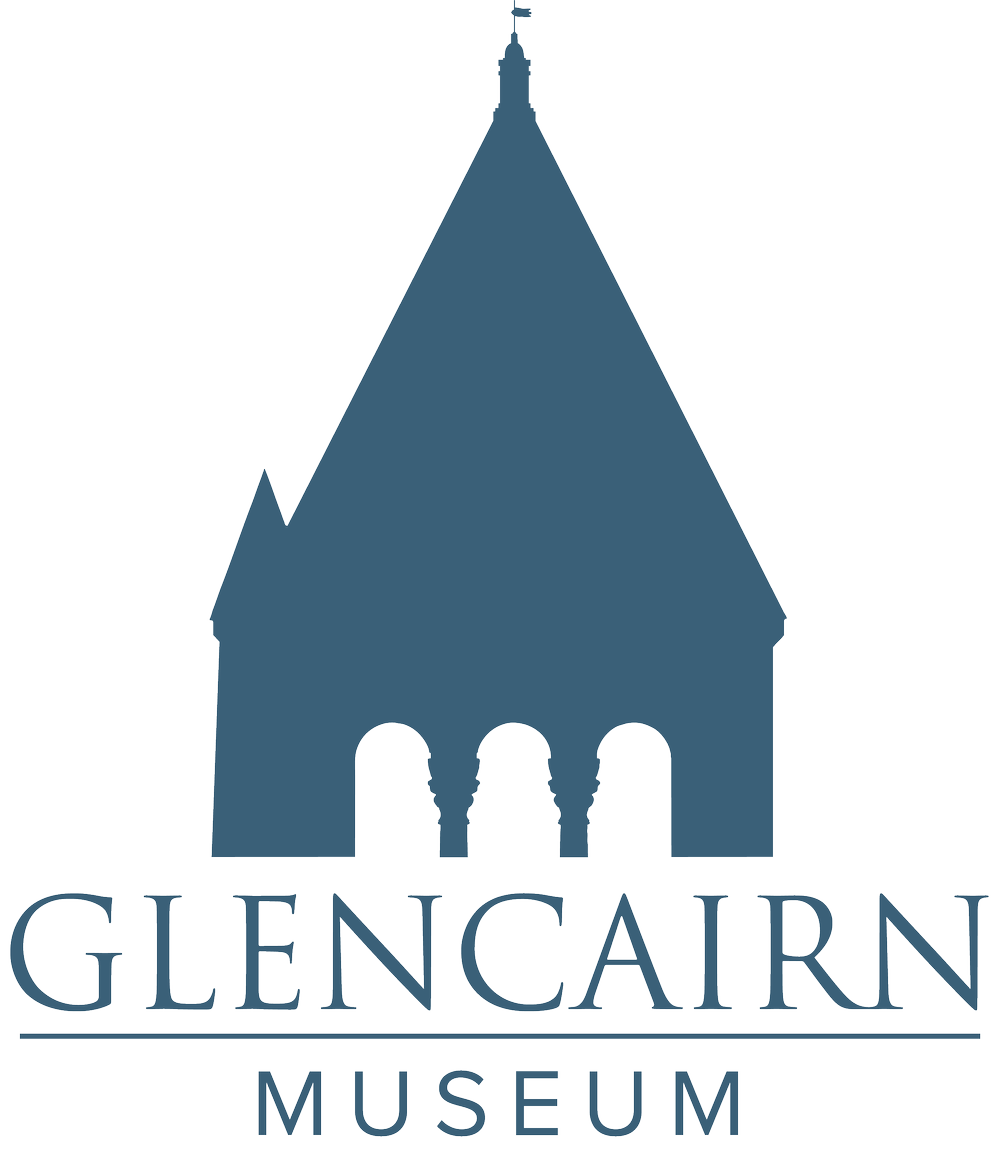Number 7, 2015
Since Glencairn Museum News is published on Facebook, Twitter, and Tumblr, as well as via email, we decided it was high time to publish an article about cats! Glencairn’s Egyptian collection includes images of cats in bronze, stone, faience and other materials. In this essay, Dr. Jennifer Houser Wegner, Associate Curator in the Egyptian Section of the Penn Museum (University of Pennsylvania), explains the role of "cats, lions, and fabulous felines" in ancient Egyptian life.
Photo: A bronze votive statuette of a seated cat in Glencairn Museum’s Egyptian collection.
Read MoreNumber 6, 2015
Miss America 1967, Jayne Jayroe, visited Glencairn, where she was photographed with one of the Pitcairn family’s most beloved works of medieval sculpture: a tall, well-dressed woman of royal status who once surely rivaled her in style and elegance. This meeting of beauty queens, separated in time by 800 years, brought together two women representing the ideals of grace and refinement of their eras. Yet while shows like Mad Men have kept the styles of the 1960s current today, those of the 1160s can be more difficult to grasp. In this essay for Glencairn Museum News, Dr. Julia Perratore, Mellon Curatorial Fellow at the Metropolitan Museum of Art, explains the twelfth-century ideals this remarkable sculpture represents.
Read MoreNumber 5, 2015
Recently Warren Holzman, a nationally-renowned blacksmith, was interviewed by Rebecca Gyllenhaal, student-editor of Bryn Athyn College’s Pythia: A Journal of Arts, Literature, and Spirituality(The interview below is an expanded version of the one that appears in Pythia.) Warren teaches metal forging at Bryn Athyn College, and has designed and created new metalwork for Glencairn Museum and Bryn Athyn Cathedral. He has called the metalwork and other craftwork in these buildings, “the wonderful gift that Bryn Athyn has given to the world.”
Read MoreNumber 4, 2015
Marc Chagall (1887–1985) has been called the quintessential Jewish artist of the 20th century, and one of the foremost visual interpreters of the Bible. He was born in Vitebsk, Belarus, into a traditional Hasidic Jewish family. According to Chagall, “Since my early youth I have been fascinated by the Bible. It has always seemed to me and it seems to me still that it is the greatest source of poetry of all time. Since then I have sought this reflection in life and in art. The Bible is like an echo of nature and this secret I have tried to transmit.”
Read MoreNumber 3, 2015
In this essay for Glencairn Museum News, Dr. Julia Perratore, Mellon Curatorial Fellow at the Metropolitan Museum of Art, explains the unique historical connections between Glencairn Museum and the Cloisters Museum in New York City. According to Dr. Perratore, “the designs for both Glencairn and the Met’s Cloisters embraced a combined approach that emulated and approximated medieval architectural styles using modern building materials, on the one hand, and made use of actual medieval materials whenever possible, on the other. As a result, both Glencairn and the Cloisters’ buildings incorporate tall, Romanesque-inspired towers, chapels, halls and cloister spaces, and there are actual medieval pieces inserted into the walls throughout.”
Read MoreNumber 2, 2015
Molas are hand-stitched reverse appliqué panels made for the front and back of blouses worn by Cuna women, who live on the San Blas Islands along the coast of Panama. Each mola in this exhibition illustrates a story from the Bible—from the Garden of Eden to the Ascension of Jesus Christ into heaven.
Read MoreNumber 1, 2015
This holiday season Glencairn Museum and the National Christmas Center and Museum have collaborated on a Christmas exhibition at Glencairn: A Century of Santa: Images of Santa Claus in the 1800s. The exhibition was co-curated by Glencairn’s curator, Ed Gyllenhaal, and the National Christmas Center’s founder and curator, Jim Morrison. Almost all of the objects are on loan from the Center, many originating from Jim’s personal collection. The editors of Glencairn Museum News thought our readers might like to know more about Jim (a.k.a. Santa, Jr.) and the National Christmas Center and Museum—his brainchild—which is located in Paradise, Pennsylvania, just outside of Lancaster.
Read MoreNumber 12, 2014
Beginning this holiday season, visitors to the Gettysburg National Military Park Museum and Visitor Center may see the Nativity scenes made in Bryn Athyn for the Eisenhower White House. In 1954 Raymond and Mildred Pitcairn commissioned Winfred S. Hyatt to make a single Nativity scene for President and Mrs. Eisenhower. It was displayed in the East Room of the White House that same year, next to the Christmas tree. Two more scenes were added in 1957.
Read MoreNumber 11, 2014
For the second year in a row, Glencairn is privileged to debut the work of Karen Loccisano and R. Michael Palan, a husband-and-wife team of professional artists from Westchester County, New York. Visitors to Glencairn’s World Nativities exhibition in 2013 may remember their highly detailed American Presepio Nativity scene, which was unveiled in November of that year. They are now working on a Flemish Nativity. A second exhibition will also be offered this year. A Century of Santa: Images of Santa Claus in the 1800s presents the early history of Santa Claus in America, using rare magazine illustrations, store advertising, and children’s storybooks from the collection of the National Christmas Center and Museum in Lancaster, Pennsylvania.
Read MoreNumber 10, 2014
A limestone capital depicting the martyrdom of Andrew the Apostle, also known as Saint Andrew, is on exhibit in Glencairn’s Medieval Gallery (09.SP.3). In this essay for Glencairn Museum News, Dr. Julia Perratore, Mellon Curatorial Fellow at the Metropolitan Museum of Art, recounts the story of St. Andrew and places this sculpture within the context of religion and art. According to Dr. Perratore, “the Glencairn capital is an unusual example of a saint’s martyrdom commemorated in stone, and the sculptor very capably handled what may have been an unfamiliar subject. ”
Read More